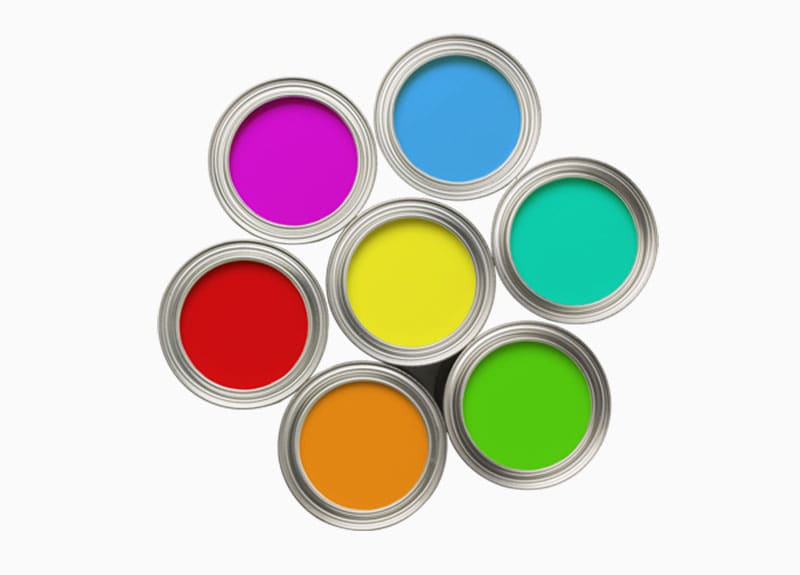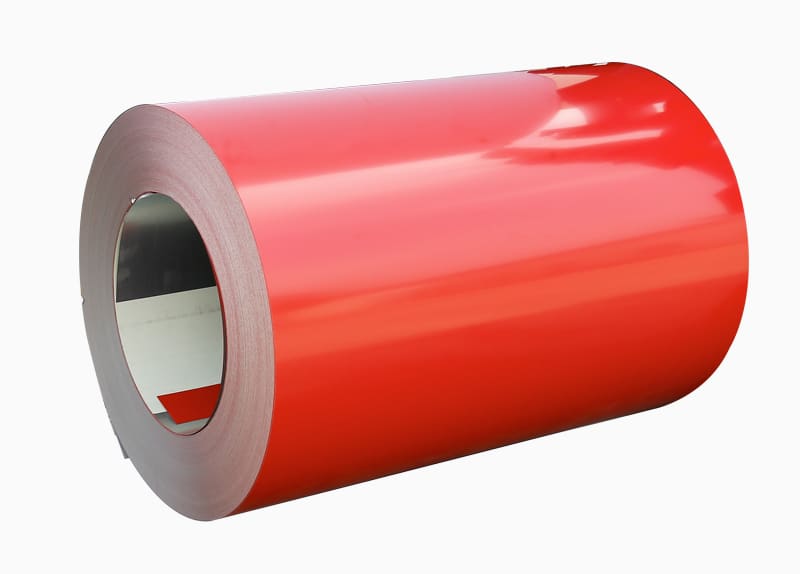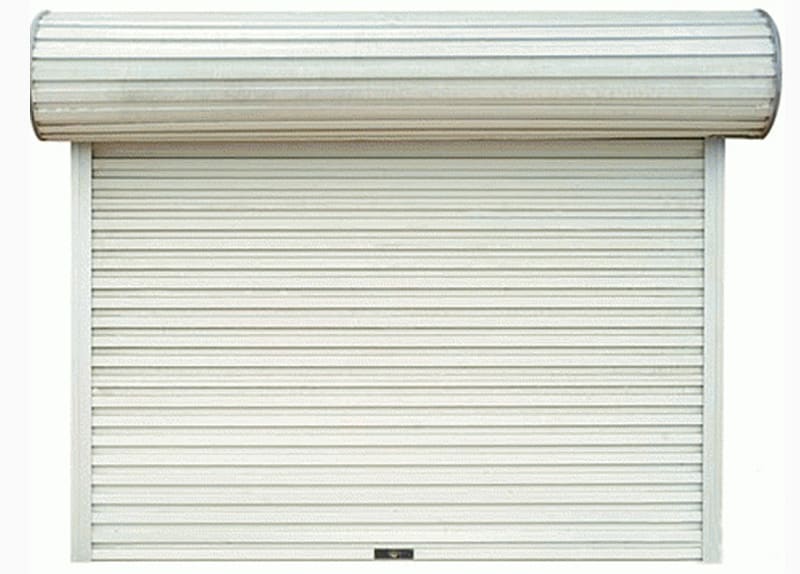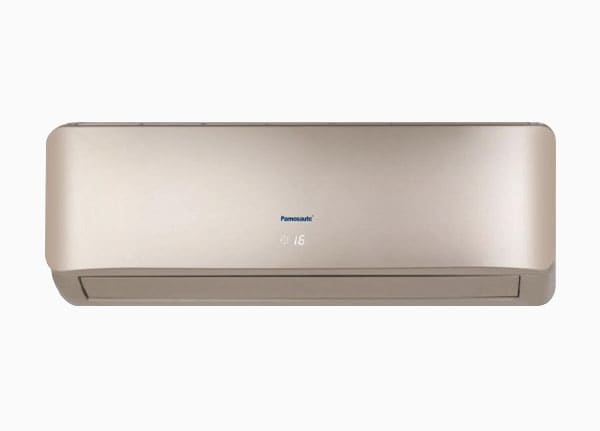- no.8,zaolin road,
longxiang street,
tongxiang,zhejiang,china - +86 573 89381086[email protected]
- DownloadsPDF Brochures
In the world of construction, manufacturing, and household appliances, materials that offer both uncompromised durability and exceptional visual appeal are highly prized. One such material that stands out is Pre-Painted Galvanized Iron (PPGI), where the final product's performance is intrinsically linked to its specialized coating—the PPGI paint system. Far from being a simple coat of color, the paint applied to PPGI is an advanced, multi-layered chemical and physical barrier engineered for longevity.
The term PPGI refers to a galvanized steel substrate that has been pre-painted in a highly controlled, continuous coil coating line before the metal is cut or formed. This method ensures a far superior, more uniform, and better-adhered finish than post-painting techniques. The entire PPGI structure, and particularly the PPGI paint layers, is a synergistic system designed to withstand the harshest environments.
A typical cross-section of PPGI reveals this sophisticated layering:
Steel Substrate: The core, usually cold-rolled steel, providing the structural strength.
Zinc Coating (Galvanization): A layer of hot-dip zinc (GI) is applied, acting as a powerful sacrificial anode to protect the steel from corrosion. This is the first line of defense against rust.
Chemical Conversion Coating (Pre-treatment): Applied to enhance the adhesion of the organic coatings and provide an additional anti-corrosion layer.
Primer Coat: A thin layer of paint (often epoxy-based) applied directly to the pre-treated surface. Its primary function is to prevent under-film corrosion and create a perfect bond between the metallic substrate and the final topcoat.
Topcoat (The PPGI Paint Finish): This is the final, visible layer, providing color, gloss, texture, and the primary resistance to UV rays, chemicals, and weathering.
The performance and application of PPGI are heavily dependent on the specific polymer used for the topcoat. Modern PPGI paint formulations are diverse, each tailored to different cost and durability requirements:
Polyester (PE): The most common and economical option. PE paint provides good color retention and gloss, making it ideal for general-purpose applications like interior panels or areas with mild weather exposure.
Silicon Modified Polyester (SMP): A step up from PE, SMP paint incorporates silicon in the resin to significantly improve resistance to UV degradation and weathering. This enhances durability, making it suitable for moderate outdoor environments.
High-Durability Polyester (HDP): Engineered for longer service life and better color fastness, HDP is an excellent choice for harsher weather conditions, offering a lifespan that can exceed that of standard SMP.
Polyvinylidene Fluoride (PVDF): Considered the "luxury" coating, PVDF paint offers the best long-term performance, excelling in resistance to UV radiation, acid rain, and chemical corrosion. It is the preferred choice for monumental architecture and coastal regions where durability and color retention are paramount.

The superior protective qualities and aesthetic versatility conferred by the PPGI paint system have made the material indispensable across numerous industries:
Construction: PPGI sheets are the cornerstone of modern, lightweight construction. Used for roofing, wall cladding, sandwich panels, and facades, the wide variety of colors and finishes (including matte, textured, or printed patterns like wood grain) allows architects to combine structural integrity with stunning visual designs.
Home Appliances: From the colorful outer casings of refrigerators and washing machines to air conditioner cabinets, PPGI provides a smooth, durable, and rust-resistant finish that maintains its aesthetic appeal in humid indoor environments.
Automotive Industry: Though often an invisible component, PPGI's corrosion-resistant qualities are utilized in certain automotive parts where an economical, long-lasting protective coat is required.
Industrial Furniture and Fixtures: Lockers, shelving, and storage units benefit from the tough, scratch-resistant surface of PPGI paint, ensuring they can withstand heavy use in factory or commercial settings.
In essence, PPGI paint is more than just a surface coating; it is a meticulously engineered component that elevates galvanized steel into a high-performance building and manufacturing material. By providing superior corrosion resistance, aesthetic versatility, and long-term color retention, this advanced coating ensures the finished product delivers decades of reliable service.

With high anti-rust performance, they are popular used in co...

PPGI / PPGL COIL full name is prepainted galvanized / galval...

Port:Zhejiang,China Advantages of Our Prepainted Galvanized ...

APPLICATION OF PPGI Construction:Outside:Workshop, agricultu...

